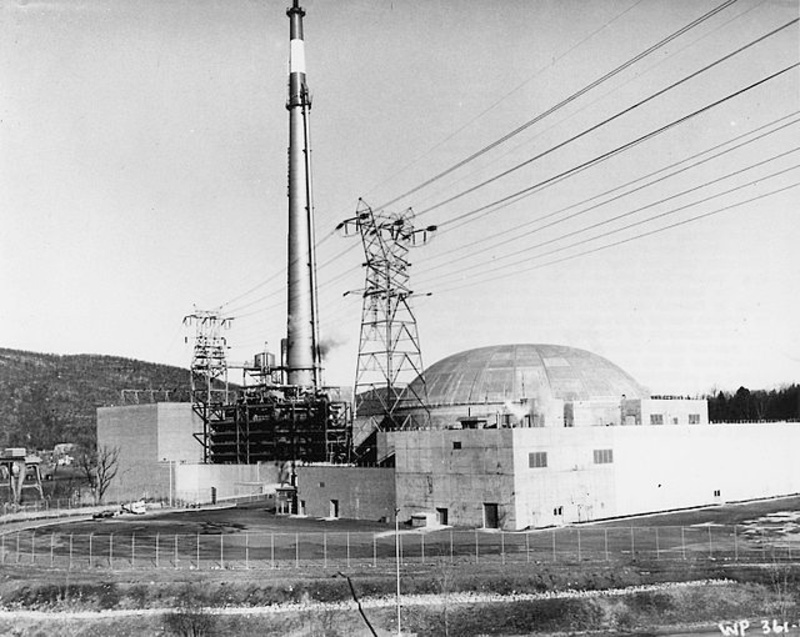

Renewables thrive where policies nurture their growth. It will take decades to run the state on wind, solar and hydropower alone, and that transition depends on smart public policy. Source: Harald KliemsĬuomo is putting his money on clean, resilient renewable energy, but New York can’t transform its energy grid overnight. “Make no mistake, I will vigorously fight any efforts to build new power plants in already over-saturated communities.” The Ravenswood Generating Station, a gas-fired power plant in Queens, New York. Michael Gianaris (D) said in a statement issued in response to the planned closure of Indian Point. “Western Queens already produces a majority of the electricity for the New York metropolitan area and has the high asthma and emphysema rates to prove it,” New York State Sen. But, gas-fired power plants generate carbon dioxide and other pollutants, putting vulnerable New Yorkers in harm’s way. What should replace Indian Point? Unlike wind turbines and solar panels, gas-fired power plants can provide energy on demand. The plant lies less than 40 miles from Midtown Manhattan. Indian Point offers a prime target for terrorists. The people who planned the 9/11 attacks had initially floated targeting nuclear power plants in addition to the World Trade Center and the Pentagon. Experts are most concerned about the possibility of nuclear meltdown or a terrorist attack. Last year, it was discovered that a leak at the power plant was turning groundwater radioactive, though reportedly not enough to threaten human health. The Indian Point power plant presents a range of risks. Source: Shinya Suzuki Cuomo is weighing numerous risks. Now, New York is trying to wean its way off nuclear without repeating the same mistake. This left the door open for carbon-intensive coal and natural gas. In the years following the Three Mile Island disaster, the United States stopped building nuclear power plants, in part because new projects were met with fierce local opposition. How we should balance these risks is the subject of vigorous debate. With nuclear power, there is low probability of a local disaster in the present. With climate change, there is a high probability of a global disaster in the future. Less natural gas means less climate change.Īdvocates and policymakers are trying to perform triage on environmental threats.

More zero-carbon power means less natural gas. You may be wondering why New York isn’t maximizing zero-carbon power, building out wind, solar and hydropower while maintaining its nuclear reactors. He’s said the shift will come “at a negligible cost to ratepayers.” Cuomo promised that new hydropower and improved transmission would largely fill the gap left by Indian Point. It’s also building power lines to supply New York City with wind and hydroelectric power generated upstate. To help integrate renewables, New York is remaking its power grid, incentivizing utilities to advance distributed energy - rooftop solar panels, community solar arrays and microgrids. As part of its energy plan, New York will require 50 percent of its power to come from renewables by 2030. He also announced that New York would cut carbon emissions by an additional 30 percent by 2030. This week, Cuomo called for states belonging to the Northeast carbon trading program to further limit carbon pollution. Source: Tony Fischer New York has big plans for clean energy. In a statement, Cuomo said the plant’s closure won’t drive up emissions “at the regional level.” Given New York’s ambitious climate policies, he might be right. New York, by contrast, is betting that the hole created by Indian Point’s closure will be filled with solar, wind and hydropower. Some states, like Illinois, have thrown a lifeline to nuclear, subsidizing struggling plants, lest they be replaced by carbon-spewing natural gas. But cheap natural gas is digging into the profits of America’s aging nuclear power plants, pressuring them to close ahead of schedule. In laying out its carbon-cutting goals, the Environmental Protection Agency assumed that existing nuclear power plants would continue to hum and buzz for decades to come. They also supply the bulk of America’s zero-carbon electricity.

Nuclear power plants represent a range of risks, from hazardous radioactive waste to a full-scale meltdown. Others lamented the loss of a carbon-free source of energy, despite nuclear power’s potential hazards to humans and wildlife. Some environmentalists celebrated the closure.
INDIAN POINT NUCLEAR POWER PLANT MELTDOWN OFFLINE
The plant’s two working reactors - which account for roughly 10 percent of the state’s power generation - are slated to go offline in 20, more than a decade ahead of schedule. New York governor Andrew Cuomo announced plans this week to close the Indian Point nuclear power plant, which supplies electricity to New York City and surrounding areas.


 0 kommentar(er)
0 kommentar(er)
